Features
Fiber Optic Handpieces
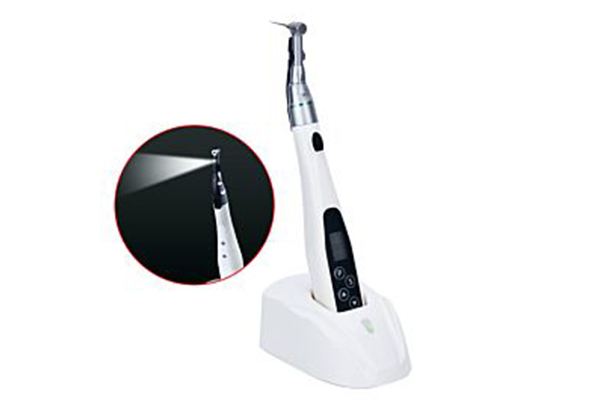
Fiber optic handpieces emit light to the working tip and are fully autoclavable. The light at the working tip provides proper visibility, allowing dentists to maintain precise control over the cutting bur and achieve accurate tooth preparation.
Apex Locator

An apex locator is an electronic device used in endodontics to determine the length of the root canal. Using this device significantly increases the success rate of root canal treatment procedures.
Laser Dentistry
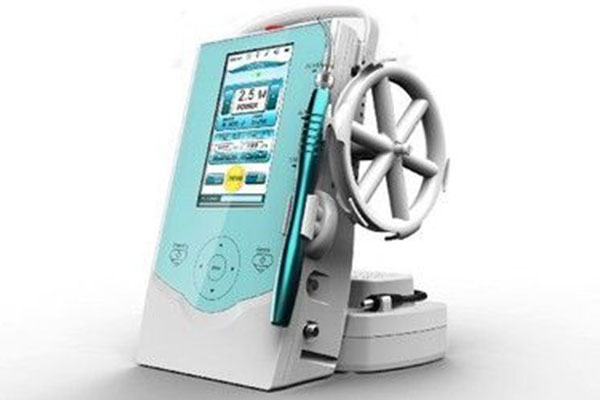
Dental lasers can decrease post-surgical morbidity and reduce the need for anesthetics. Due to the cauterization of tissue, there is minimal bleeding following soft tissue procedures, and some risks associated with alternative electrosurgery methods are avoided.
Benefits of Laser Dentistry:
- Procedures performed using soft tissue dental lasers may not require sutures (stitches).
- Certain laser dentistry procedures do not require anesthesia.
- Laser dentistry minimizes bleeding as the high-energy light beam aids in the coagulation of exposed blood vessels, reducing blood loss.
- Bacterial infections are minimized because the high-energy beam sterilizes the treatment area.
- Wounds heal faster, and tissue regeneration is enhanced.
Dental CBCT (Cone Beam Computed Tomography)
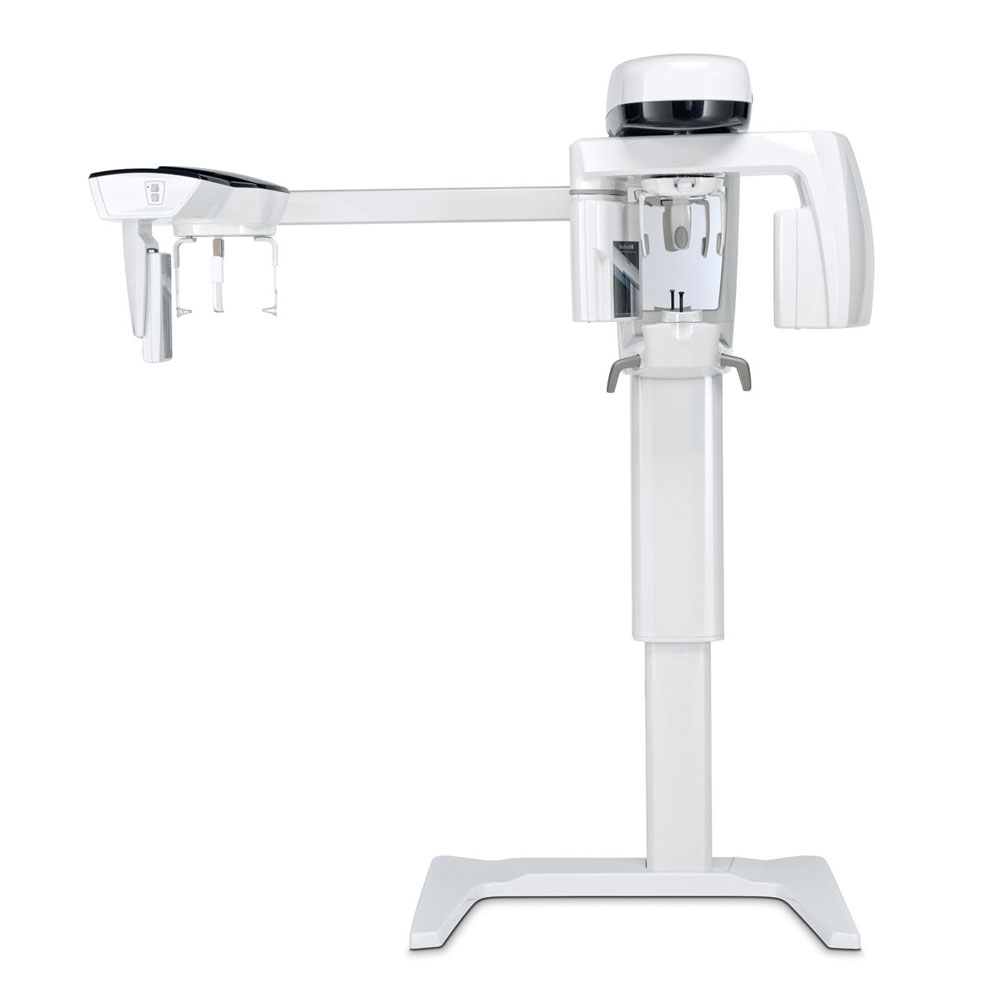
Dental cone beam computed tomography (CBCT) technology has revolutionized dental radiographic imaging, allowing dentists to treat their patients more effectively. This technology enables dentists to move from pure diagnosis to treatment planning simulations.
The popularity of dental CBCT has rapidly grown due to its ability to provide three-dimensional images, making it invaluable for dentists specializing in reconstructive surgeries and dental implant procedures. Below are some significant advantages of CBCT technology:
Better image quality and accuracy
CBCT focuses on a specific area, allowing dentists to examine details as small as a single tooth’s root. The 3D capabilities allow dentists to view the patient's mouth from different angles for more accurate diagnoses and thorough evaluations.
Imaging of bones and soft tissues
Unlike traditional dental X-rays, CBCT scans both bone and soft tissues effectively. This scan provides more information than conventional dental X-rays, enabling dentists to create more precise treatment plans.
Lower radiation dose
CBCT scans use a lower dose of radiation than regular CT scans, with no residual radiation remaining in the patient’s body after the scan. However, it is important for female patients to inform the dentist if they are pregnant so that the office can take appropriate precautions.
Quick and painless
A full-mouth scan typically takes between 20 and 40 seconds, while a specific area scan can be completed in less than 10 seconds. CBCT generates hundreds of images in a single scan, offering a comprehensive view of the patient’s mouth. These scans are non-invasive, painless, and highly accurate.
Numerous benefits of CBCT scans
The benefits of CBCT scans make them a fantastic option for implant dentistry, ensuring safe and predictable treatments. Some advantages of CBCT scans for dental implants include:
- CBCT makes it easy for dentists to measure and localize the available jawbone, enabling accurate virtual implant placement.
- Dentists can combine CBCT with optical scans to create a virtual model of the patient’s soft tissues, bones, and teeth. This helps design the proper bite, reducing the risk of misaligned implants.
- CBCT scans help map sensory nerves, enabling dentists to choose the correct implant length, reducing the risk of nerve damage.
- CBCT provides accurate details of the maxillary sinus location, helping surgeons select the right implant length to prevent penetration into the sinus.
- The technology allows dentists to choose the right implant size for optimal stability and integration, ensuring long-lasting results for the patient.
Gendex DP 700 Digital Panoramic System
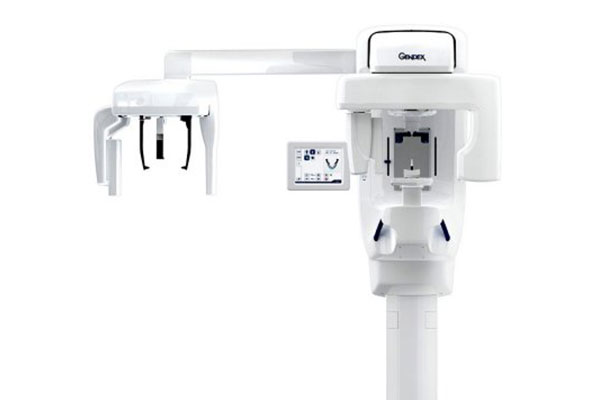
This software-controlled diagnostic dental x-ray equipment produces high-quality digital images of the maxilla and mandible. It captures all the teeth, including wisdom teeth, as well as the frontonasal sinuses, maxillary sinuses, and the temporomandibular joint (TMJ), all in a single image.
Radio Visio Graphy (RVG)
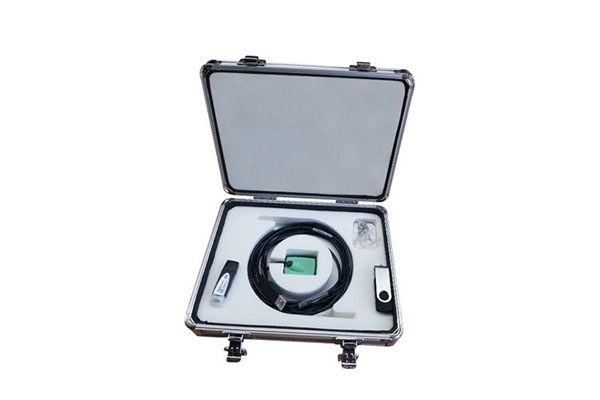
RVG allows the capture of dental images with significantly reduced radiation levels, ensuring safer diagnostics for patients.
Rotary Endodontic System
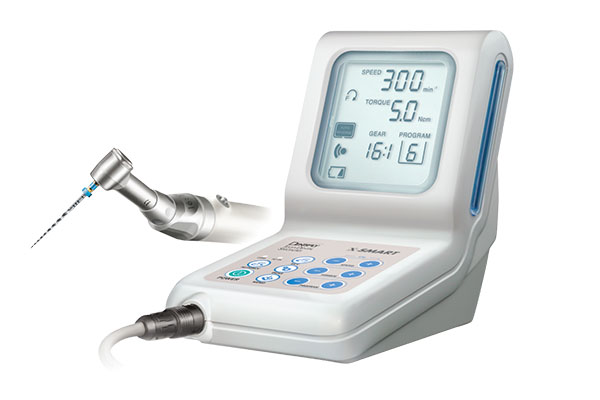
Rotary instruments are used in conjunction with dental handpieces to prepare root canals for root canal treatment. This system reduces patient treatment time and ensures precise preparation of the canals.
Steriline 9.5 Class B Sterilization System
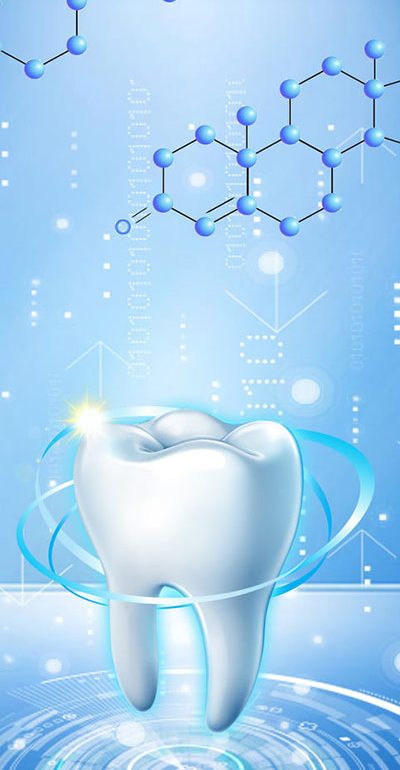
We place great focus and attention on the proper sterilization of instruments, as they can be potential agents for pathogenic transmission from patient to patient.
We follow a 4-step sterilization process for all non-disposable items:
Step 1: The dental instruments are scrubbed thoroughly to remove debris.
Step 2: The dental instruments are then rinsed in an ultrasonic cleaner.
Step 3: Autoclaving is done using the Steriline 9.5 Class B sterilization system, in compliance with international standardization EN:13060. The Steriline 9.5 Class B system is state-of-the-art in sterilization technology, capable of sterilizing even the internal surfaces of handpieces. It features a self-diagnosis and troubleshooting system, and is the first of its kind in Kollam District.
Step 4: Packed, sterilized instruments are stored in a U.V. chamber to maintain sterilization. To ensure a bacteria-free environment at the clinic, we conduct a fumigation process every week, where the entire clinic is treated with chemical fumes to maintain a bacteria-free treatment environment.
1 - 8 of 8